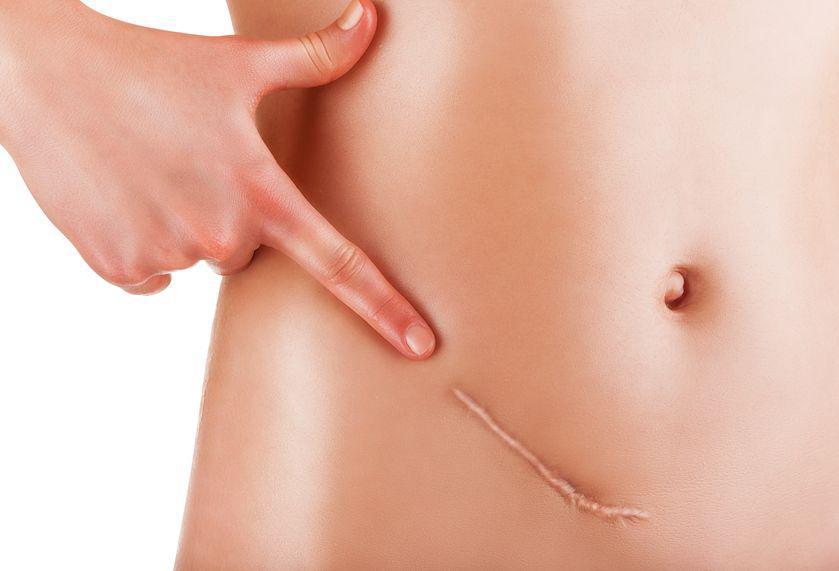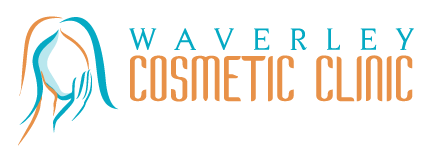
Scar treatments including hypertrophic and acne scars
These scar treatments essentially help to effectively and naturally reduce the appearance of both old and new scars.
Furthermore, these treatments are designed to encourage skin healing and to promote collagen stimulation to combat scars and marks. In addition, the provided treatments work to form a transparent protective layer over the skin to keep it hydrated and healthy.
Treatments work to:
- Soften rough skin texture
- Reduce the appearance of scars and stretch marks
- Promote and restore smooth, even skin
What causes acne scarring?
Acne is a condition that affects a substantial amount of people at some point in their life and many cases it can leave long-term skin scarring which can be a persistent advocate of poor confidence and distress. Shallow scars are usually minor and have the ability to heal quickly. But if there is a deep lesion or an infection in the skin pore, the attempt of skin repair can result in the formation of new collagen fibres. These repairs usually aren’t as smooth as the original skin, their focus is to provide protective closure.
However, The good news is that treatments are available that can assist in restoring your skin back to its original health.
Keloid Scar
 Keloid scars are an abnormal type of scar that form as a result of trauma or injury. Keloid scars are raised, bulbous and tend to spread when compared with normal scar. The appearance can vary from mild cosmetic nuisance to gross deformity. Keloids can also be itchy and painful. Keloid scars differ from hypertrophic scars in that they do grow and spread beyond the margins or the wound or injury.
Keloid scars are an abnormal type of scar that form as a result of trauma or injury. Keloid scars are raised, bulbous and tend to spread when compared with normal scar. The appearance can vary from mild cosmetic nuisance to gross deformity. Keloids can also be itchy and painful. Keloid scars differ from hypertrophic scars in that they do grow and spread beyond the margins or the wound or injury.
Keloid Scars (like hypertrophic scars) are more prevalent in the following:
- Darker skin types
- Areas where skin heals under tension
- Ears, chest, shoulders and upper arms
- Following surgery – breast implant scars or abdominal procedure scars
- Areas of constant flexion and extension such as skin over joints.
Keloid scars are essentially overgrown scars. The body has failed to recognise when to stop the scarring process. Myofibroblast cells responsible for wound healing have produced too much collagen and an overgrown scar. The ongoing scarring process causes low grade inflammation and blood vessel formation. This inflammation and blood vessel formation cause the scar to appear red. It also results in irritation, itch and pain.
Keloid scars are often caused by burn injuries. Acne often results in indented scars but can also cause raised Keloid scars particularly on the chest, shoulders and back of the neck. Surgical scars can also become Keloidal.
What options available?
Platelet Rich Plasma (PRP) Treatment & Microneedling for Scarring and Acne Scars
Platelet Rich Plasma (PRP) treatment combined with microneedling is a very popular form of regenerative treatment that naturally stimulates the production of collagen.
Steroid Injection
For Keloid scars our doctors with use some steroid intradermal injection as a preparation if required.
Scar injection with steroid or 5 Fluorouracil (5 FU) has long been a mainstay treatment . This causes interference and cessation of the ongoing scarring process. As a result the keloid scar will shrink following treatment. One of the main problems with this treatment is that larger and thicker scars are difficult to uniformly inject. This is because scar tissue is hard and inelastic. As a result, uneven injection often results and this causes slow patchy scar improvement.
